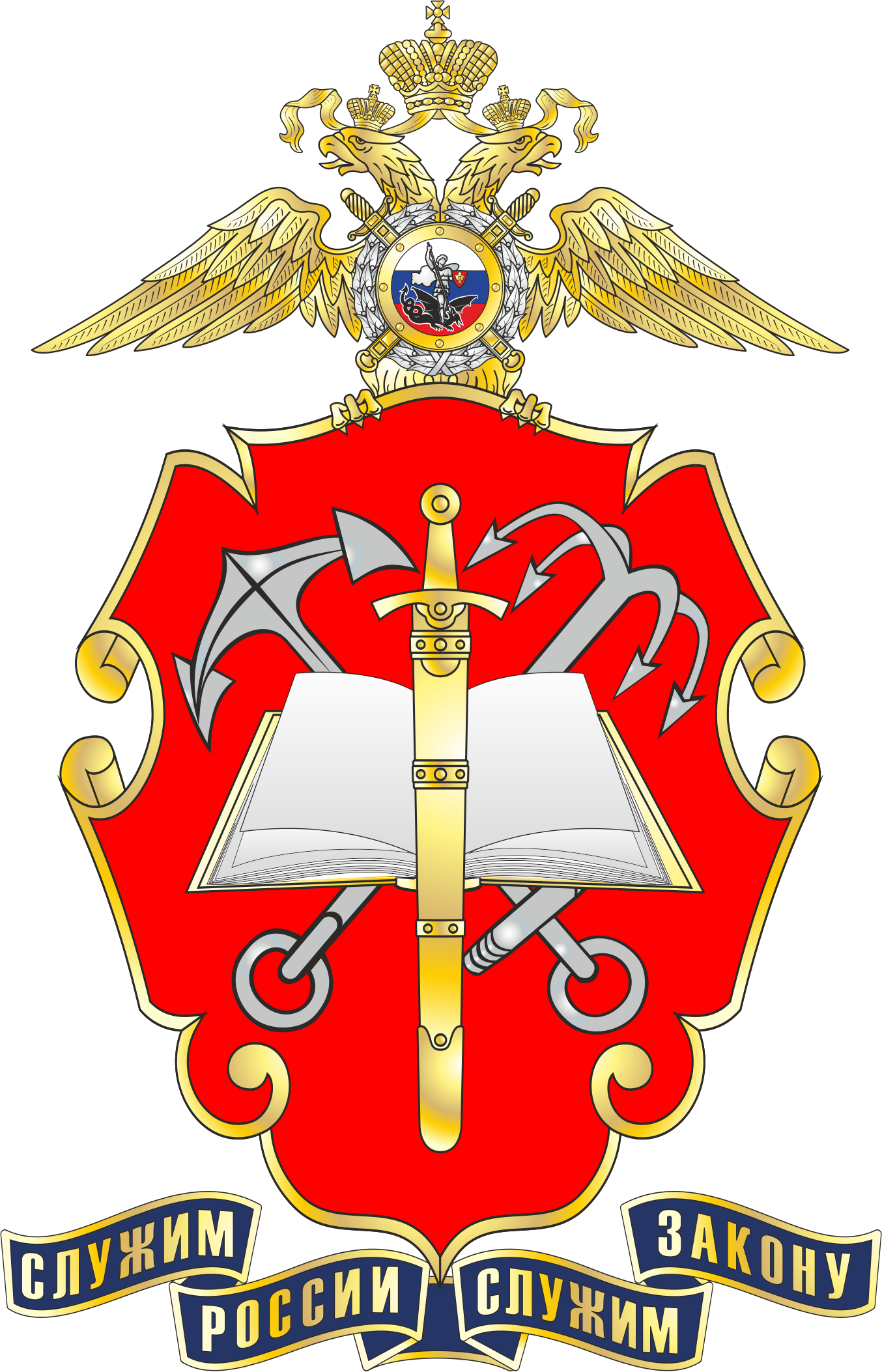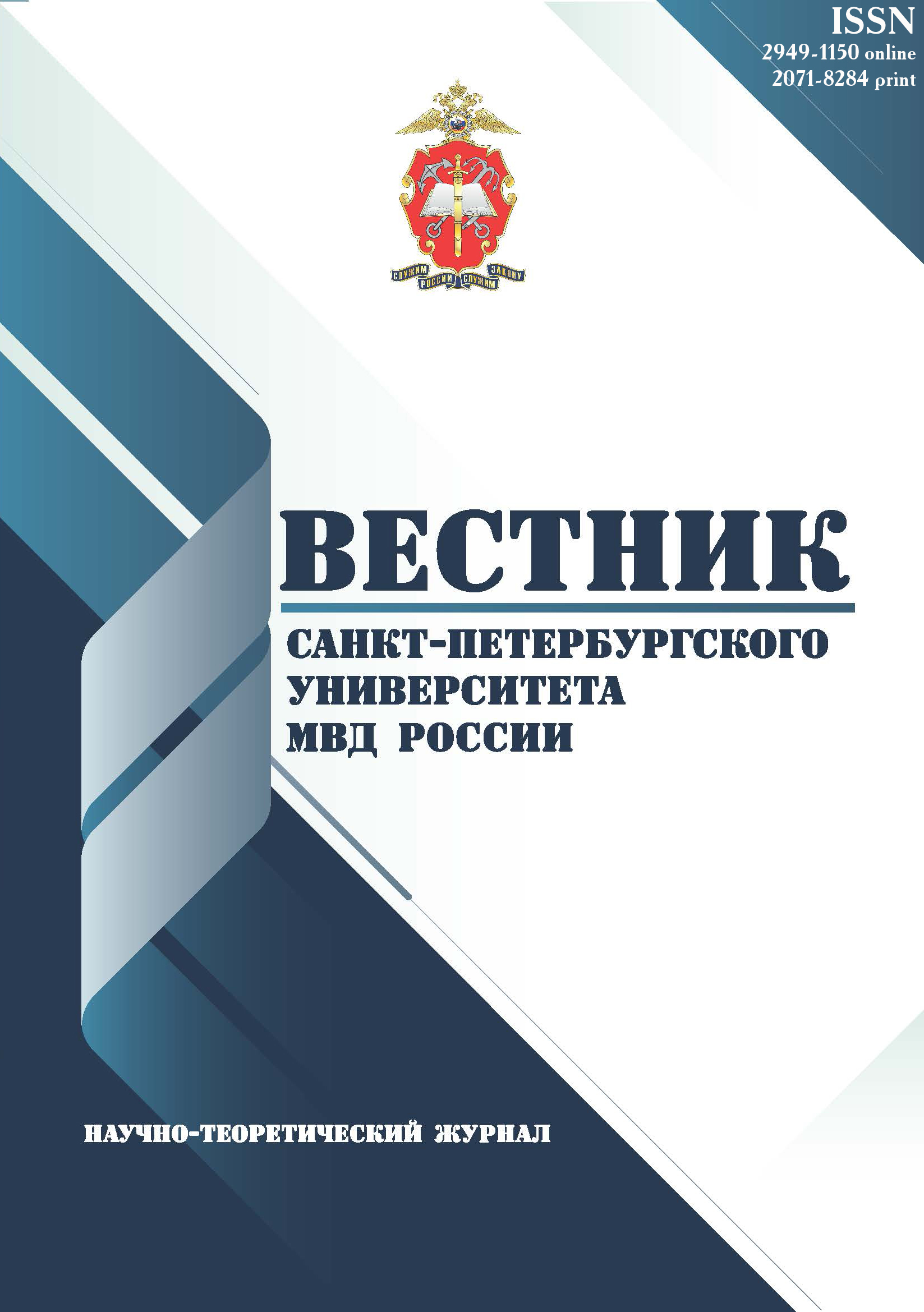Omsk State University named after F.M. Dostoevsky
UDC 159.9
Introduction. The phenomenon of “professional burnout”appears to be of special interest among scientists. Although there have been many studies of the nature of its occurrence and dynamics, there is no unity in understanding the ways to prevent and correct changes of mental and socio-psychological functions caused by personalitydeformation. According to A. K. Markova, specialists of “human-human” professions, working constantly with people, are more at risk of professional deformation than employees of “human-technology” and “human-nature” professions. Supporting this idea, we should note that under conditions of high responsibility, pressure and increasing demandsnot always corresponding the inner resources, this problem becomes especially important. The destructive effect affects mental process and personal characteristics, leading to negative changes in the professional activities of police officers. The mission of police officers to protect the public against criminals and other unlawful encroachments becomes, metaphorically speaking, “transparent” due to professional burnout, in particular, depersonalisation (negligent approach to duties and cynical attitude towards citizens). That is why, it is important to determine in time individuals being more prone to professional burnout, to reveal signs indicating its occurrence, and to develop a methodology stimulating adaptive potential and extension of tunnel thinking provoked by high stress. Methods. The following psychological methods were used: the method of assessment of adaptive abilities - “MOAS” (developed on the basis of Kettell’s Test). This method helped to assess the respondents’ personal characteristics “closeness – sociability”, “emotional instability - emotional stability”, “shyness – courage”, “trustfulness – suspiciousness”, “self-confidence – anxiety”, “relaxation – tension”; the Maslach Burnout Inventory (MBI) adapted by N. E. Vodopyanova, which helped to determine the level of professional burnout on the following three scales: emotional exhaustion, depersonalisation, and reduction of professional achievements; thePearson correlationmethod (statistical analysis of the data). Results. The results determined four groups of respondents: with high, satisfactory, low, unsatisfactory levels of adaptive potential. The majority of respondents (70.5 %) have insufficient adaptive potential for coping with stressful situations, rational assessment of requirements and personal resources. Besides, employees with low level of adaptive abilities are more prone to professional burnout, especially depersonalisation.
adaptive potential, professional burnout, reduction, depersonalisation, emotional exhaustion, self-esteem, personal potential
1. Ito J. K., Brotheridge C. M. Resources, coping strategies, and emotional exhaustion: A conservation of resources perspective // Journal of Vocational Behavior. – 2003. – Vol. 63. – P. 490–509.
2. Leiter M. P., Maslach C. A mediation model of job burnout // Antoniou A. S. G. Cooper C. L. (Eds). Research companion to organizational health psychology. Cheltenham UK: Edward Elgar, 2005. – P. 544–564.
3. Maslach C., Leiter M. P. The truth about burnout: How organization cause personal stress and what to do about it. – San Francisco, CA: Jossey-Bass, 1997. – 186 p.
4. Vardanyan Yu. V., Vorob'eva O. M. Issledovanie emocional'nogo vygoraniya sotrudnikov policii v kontekste psihologicheskoy bezopasnosti // Vestnik Chelyabinskogo gosudarstvennogo pedagogicheskogo universiteta. – 2018. – № 2. – S. 203 – 213.
5. Grigor'eva M. V. Bazovyy pobuditel'nyy mehanizm social'noy aktivnosti lichnosti // Social'naya psihologiya i obschestvo. – 2019. – T. 10. – № 1. – S. 5–17.
6. Zmanovskaya E. V. Strukturno-dinamicheskaya koncepciya deviantnogo povedeniya // Vestnik Tomskogo gosudarstvennogo pedagogicheskogo universiteta. – 2013. – Vyp. 5 (133). – S. 189–195.
7. Kechil D. I. Osobennosti professional'noy deformacii psihologov sluzhebnoy deyatel'nosti FSIN (rezul'taty ekspertnogo ocenivaniya problemy) // Chelovecheskiy kapital. – 2021. – № 10 (154). – S. 30–36.
8. Kulganov V. A., Shenberg L. S., Korotkova I. A. Issledovaniya adaptacionnogo potenciala lichnosti u podrostkov i molodezhi // Anan'evskie chteniya – 2005: materialy nauch.- prakt. konf., 25–27 okt. 2005 g. / pod red. I. A. Cvetkovoy, L. M. Shipicynoy. – Sankt-Peterburg: Izd-vo SPbGU, 2005. – S. 578–580.
9. Leont'ev D. A. Lichnostnoe v lichnosti: lichnostnyy potencial kak osnova samodeterminacii // Uchenye zapiski kafedry obschey psihologii MGU im. M. V. Lomonosova / pod red. B. S. Bratusya, D. A. Leont'eva. – Moskva: Smysl, 2002. Vyp. 1. – S. 56–65.
10. Maklakov A. G. Lichnostnyy adaptacionnyy potencial: ego mobilizaciya i prognozirovanie v ekstremal'nyh usloviyah // Psihologicheskiy zhurnal. – 2001. – T. 22. – № 1. – S. 16–24.
11. Markova A. K. Psihologiya professionalizma. – Moskva, Mezhdunar. gumanitar. fond «Znanie», 1996. – 308 s.
12. Orel V. E. Fenomen «vygoraniya» v zarubezhnoy psihologii // Zhurnal prakticheskoy psihologii i psihoanaliza. – 2001. – T. 22. – № 1. – S. 90–101.
13. Posohova S. T. Psihologiya adaptiruyuscheysya lichnosti : monografiya. – Sankt-Peterburg: Izd-vo RGPU im. A. I. Gercena, 2001. – 240 s.
14. Roginskaya T. I. Sindrom vygoraniya v social'nyh professiyah // Psihologicheskiy zhurnal. – 2002. – № 3. – S. 85–95.
15. Yudchic Yu. A. K probleme professional'noy deformacii // Zhurnal prikladnoy psihologii. – 2008. – № 2. – S. 17–22.














